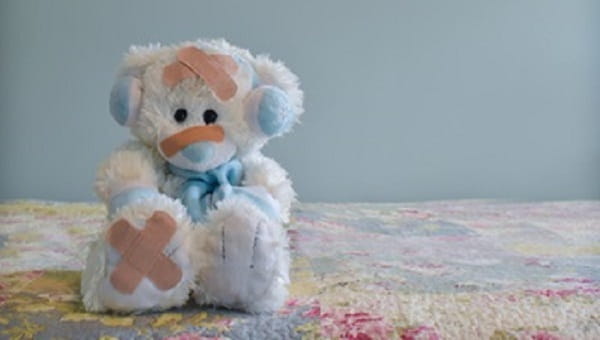Now that you’ve had plenty of time to forget about how awful the teething process was for your baby (and everyone around your baby), it’s about time for molars to come in! Wait—it’s okay. We’re here to help.
Signs of teething
Some kids experience more pain and distress than others, but here are some common signs that your child may be cutting molars:
- Drooling
- General irritability
- Restlessness at night, waking up often
- Lack of appetite
- Putting fingers or objects way back inside the mouth
- Swollen bumps or redness in the gums
How to help
To help relieve the pain and swelling, try these tips:
- Give ibuprofen rather than acetaminophen, because it reduces swelling and inflammation as well as relieving the pain.
- Give your child a cold, wet washcloth to chew on.
- Offer cold, hard foods to chew, like carrots, peeled cucumbers, apple slices, frozen berries, etc. Homemade popsicles made from frozen fruit juice or yogurt are also great.
- If chewing hurts, try offering soft foods like soups, smoothies, mashed or pureed fruits and veggies, etc.
- If your child will let you, massage the tender parts of the gums with your finger.
- Provide plenty of distractions like fun activities (during the day) and comfort measures.
What NOT to do
The American Academy of Pediatrics has issued strong warnings about over-the-counter teething remedies that contain benzocaine (which numbs the gums). These products have been shown to cause a dangerous reduction in blood oxygen, which can be fatal. Likewise, homeopathic teething tablets are not recommended due to the chance of seizures.




